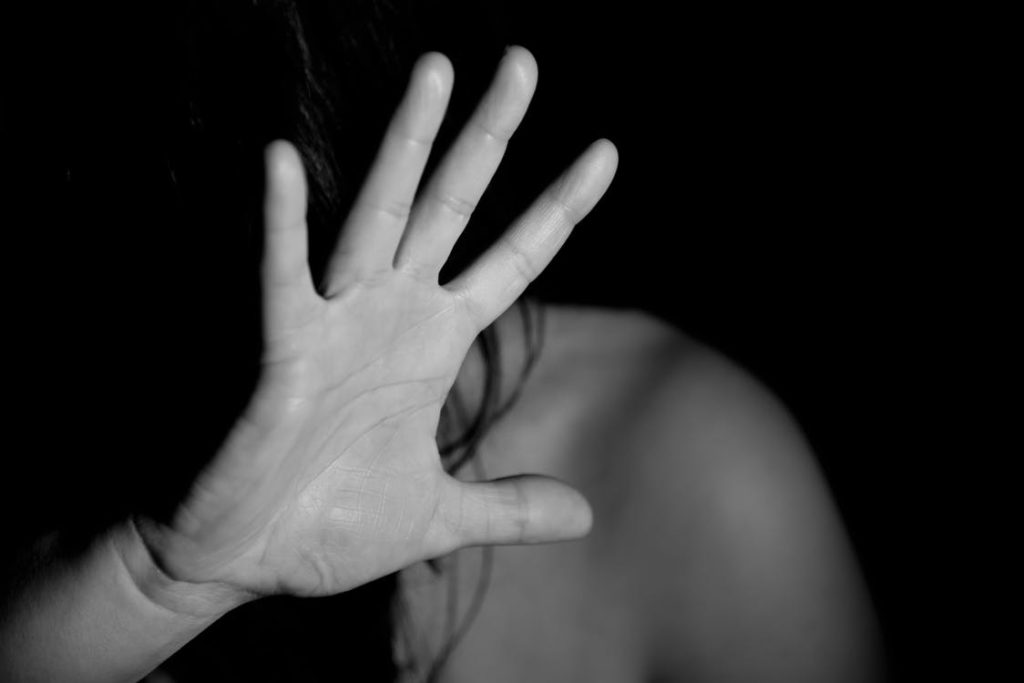
Dermatillomania can be highly stressful. What is it and what can be done?
It is common for adolescents to become more focused on grooming and appearance as they mature. However, there are disorders of typical grooming behaviors that sometimes develop too. If you have noticed your child picking at scabs or their acne and wondered if this is going beyond normal adolescent grooming or body-conscious behavior, you may wonder if your child has dermatillomania. The symptoms of dermatillomania include picking at skin to the point of causing legions, along with repeated efforts to stop the behavior. Although many kids pick at scabs from rashes, bug bites, or acne, this behavior is more severe and can persist to the point of causing impairment for your child in their daily functioning. What this could look like is embarrassment about their legions or scabs, being teased, dressing in long sleeves to conceal these marks regardless of weather conditions, and even planning their day around this behavior and their efforts to hide it, often being significantly late or absent.
Excoriation, the formal name for skin picking, has only been a diagnosable disorder in the medical manuals since 2013, prior to that it was considered a behavior related to or even caused by OCD or Body Dysmorphic Disorder (BDD). In fact, OCD and BDD are common co-occurring disorders with dermotillomania (Grant et. al, 2012), and can be risk factors for it. Other risk factors for developing this disorder include having a close family member with OCD and being female (APA, 2013). Dermotillomania is prevalent in 1-5 % of the population (Grant et. al., 2012) and around 75% of sufferers of dermotillomania are female (APA, 2013).
If you believe your child has dermatillomania, an important first course of action is to see a medical doctor. Not only will they need to rule out an underlying physical cause to the behavior, it is important to make sure that the legions caused by picking are not infected. The treatments known to be effective are the Cognitive Behavioral Therapies of Habit Reversal Training (HBT) (Coffey, 2017) and Acceptance Commitment Therapy (Grant et. al., 2012). These treatments will include increased awareness of the sensations or signals that occur immediately before the picking behavior, to replace or choose a different behavior than picking. Although medication is not the first line of treatment, there is evidence that Selective Serotonin Reuptake Inhibitors (SSRI) can be helpful in some cases (Grant et.al., 2012). The important thing to know, is that there are effective treatments to help manage this disorder.
What you can do right now is help your child to notice the behaviors, especially if they are picking unconsciously. Care should be taken to do this without shaming or punishing them. You can keep a log of times it is most frequent and then express curiosity about any anxious feelings or body sensations that may be occurring prior to the picking. Saying something like “honey, I’ve noticed you are picking again. Are you aware of doing that? I wonder if there is something you were feeling just before you started picking.” Not only does this help them become more aware, it will be helpful if you do need to seek treatment.
You may also try using “fidget toys” to keep hands busy before the urge to pick arises (Abrahams, 2016). Examples of these are silly putty, buckyballs, or tangles; all are easy to find and inexpensive. In some cases, you may try covering hands with gloves at times when skin picking occurs unconsciously, such as while sleeping (McKeaney, 2017). Lastly, it is a good idea to visit websites such as pickingme.org and skinpick.com to get more information and read stories from other people who experience dermotillomania, this can help your child feel supported and less alone or embarrassed.
References
Abrahams, T. (2016). Fidget toys for dermotillomania. Retrieved from https://www.skinpick.com/fidget-toys-dermatillomania
Coffe, B. (2017). How habit reversal therapy works for tics: The best behavioral treatment for tics, excoriation disorder, and trichotillomania. Retrieved from https://childmind.org/article/how-habit-reversal-therapy-works-for-tics/
Grant, J.E., Odlaug, B.L., Chamberlain, S.R., Keuthen, N.J, Lochner, C., & Stein, D.J. (2012). Skin picking disorder. American Journal of Psychiatry, 169 (11), 1143-1149.
McKeaney, L. (2017). What is dermotillomania? Retrieved from https://pickingme.org/about/what-is-dermatillomania.html

